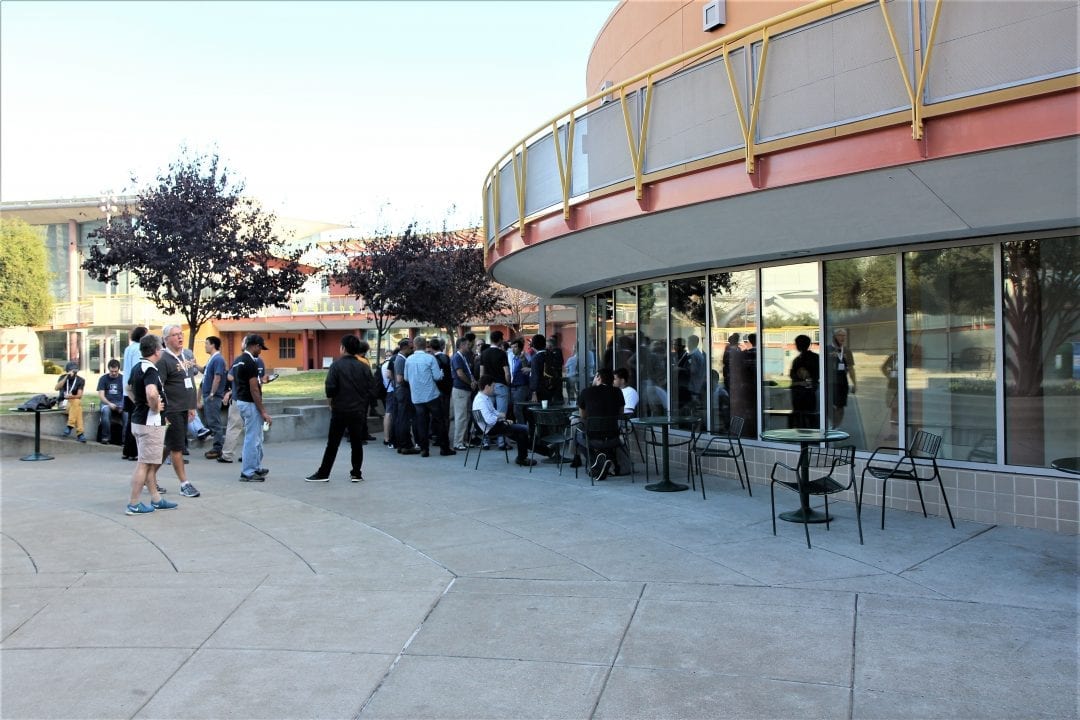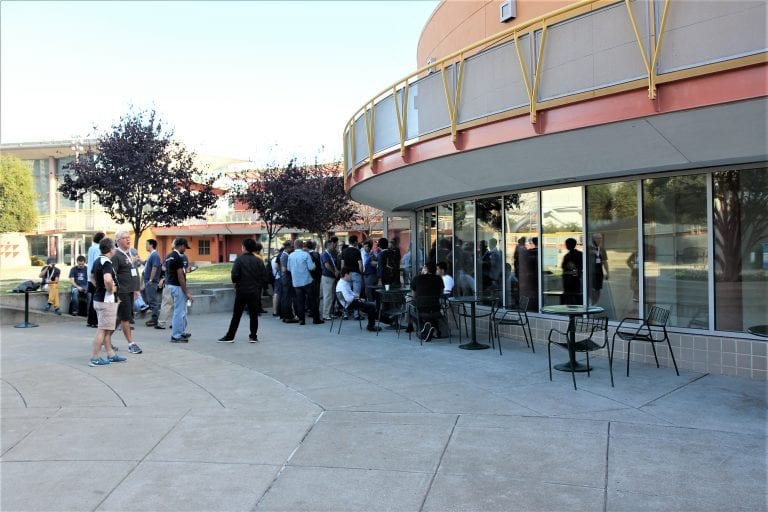
#VDEV EVICTION OPENZFS FULL#
This setup is for a JBOD, good for 3 or less drives normally, where space is still a concern and you are not ready to move to full features of ZFS yet because of it. Higher level ZRAIDs can be assembled in a like fashion by adjusting the for statement to create the image files, by specifying "raidz2" or "raidz3" in the creation step, and by appending the additional image files to the creation step. # zfs list NAME USED AVAIL REFER MOUNTPOINT

Notice that a 3.91G zpool has been created and mounted for us: # zpool create zpool raidz1 /scratch/1.img /scratch/2.img /scratch/3.img $ for i in do truncate -s 2G /scratch/$i.img done This example will use the most simplistic set of (2+1).Ĭreate three x 2G files to serve as virtual hardrives:

This is for storage space efficiency and hitting the "sweet spot" in performance. It is best to follow the "power of two plus parity" recommendation. The minimum number of drives for a RAIDZ1 is three. Mirroring can also be used as an alternative to Raidz setups with surprising results. Management of ZFS is pretty simplistic with only two utils needed:įor zpools with just two drives with redundancy, it is recommended to use ZFS in mirror mode which functions like a RAID1 mirroring the data. Details are provided on the ZFS#Installation article. The requisite packages are available in the AUR and in an unofficial repo.

7 Snapshots and recovering deleted filesĭue to differences in licencing, ZFS bins and kernel modules are easily distributed from source, but no-so-easily packaged as pre-compiled sets.6 Simulate a disk failure and rebuild the Zpool.5 Add content to the Zpool and query compression performance.


 0 kommentar(er)
0 kommentar(er)
